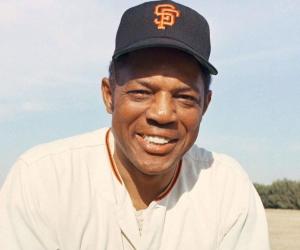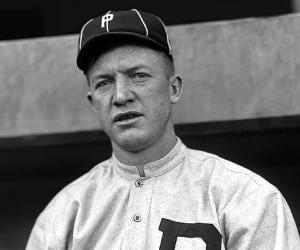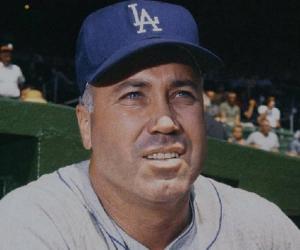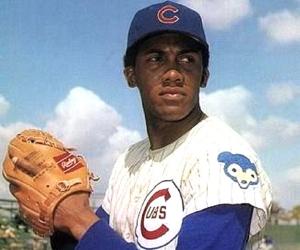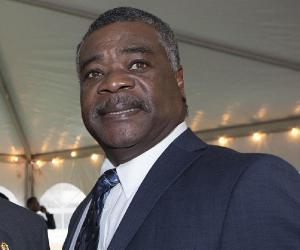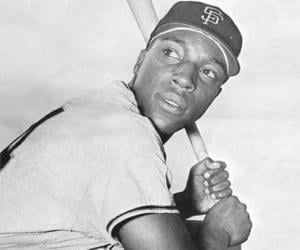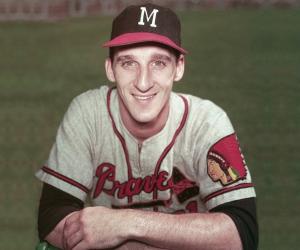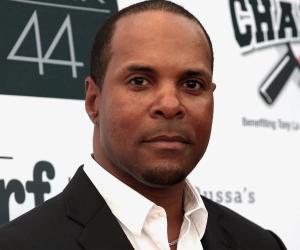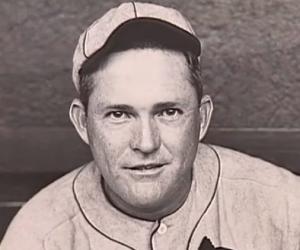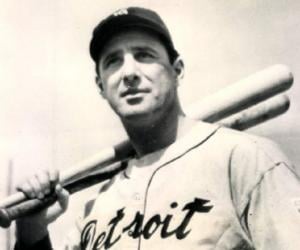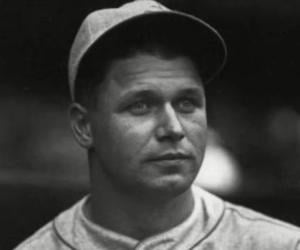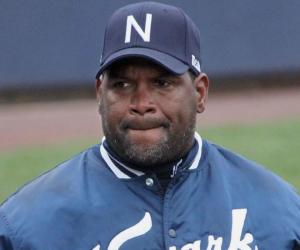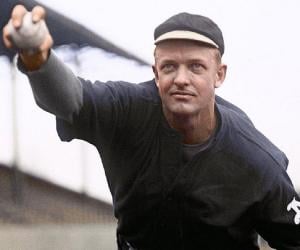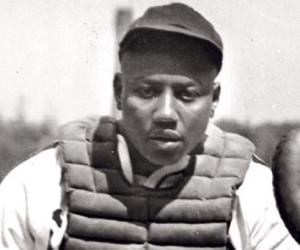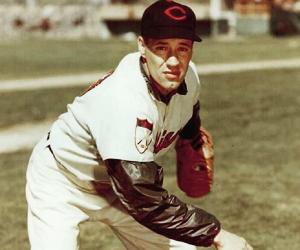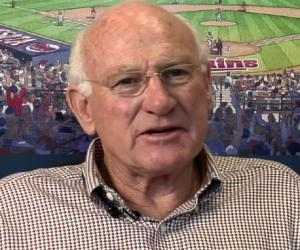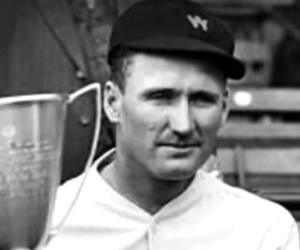Childhood & Early Life
Willie Mays was born on May 6, 1931 in Alabama to Ann and Willie Sr. His father was a baseball player with the local Negro team and mother was a talented basketball player in her high school. His parents separated when he was 3.
He was raised by his mother’s younger sister, Sarah, and was influenced to play baseball by watching his father play it with perfection. He attended the Fairfield Industrial High School and played various sports there.
Career
In 1947, Mays got an opportunity to play baseball professionally with Chattanooga Choo-Choos, Tennessee, and later he joined the Negro American League. He was ultimately signed by The New York Giants and assigned to Class-B affiliate, New Jersey.
In 1951, Mays scored .247 average, 68 RBI and 20 homers in 121 games and though this was the lowest of his career but he still won the Rookie of the Year Award. He became famous in Harlem.
He was drafted during the Korean War in 1952 and missed two seasons of the game. He returned to the Giants in 1954 and scored .345 batting average and 41 homers and won the National League emblem of the year.
In 1955, Mays scored 51 homers and in the next season 36 homers and 40 bases and became the second player to join “30-30 club”. He performed brilliantly during the last three years when Giants was in New York.
Mays won the Gold Glove Award in 1957. He became the 4th player in the Major League history to join the 20-20-20 club, a task that no player could accomplish in the last 16 years.
In 1958, Mays relocated with the Giants to San Francisco and contested for the National League batting title, in which he collected three hits and finished with his career-high score of .347.
He was made the team captain in 1961. That year, the Giants finished on the third position and won 85 games. Mays also had one of his best games in that year, hitting 4 homers against the Milwaukee Braves.
In 1965, Mays won his second MVP award and he hit his 500th career home run. In the next season he finished third in the National League MVP voting.
The 41-year-old Mays was traded to the New York Mets in 1972, for pitcher Charlie Williams and $50,000 – it was because the Giants was losing money and could not assure him an income after retirement.
In the same year, Mays made his Mets debut and had put New York ahead at Shea Stadium and in the next season, in a game against the Cincinnati Reds, his hit had 660th homer.
In 1973, Mays was honored by The New York Mets franchise by organizing ‘Willie Mays Night’, where he announced his retirement and thanked his New York fans.
From 1973-1979, May remained in the New York Mets organization, after his retirement from the baseball, as the team’s hitting instructor. He shaped the baseball careers of future Mets’ stars like Lee Mazzilli.
Awards & Achievements
In the 2000s, he was honored with—the Bobby Bragan Youth Foundation’s Lifetime Achievement Award, a doctorate from Dartmouth College, special tribute in All-Star Game in San Francisco, induction in the California Hall of Fame and in the African-American Ethnic Sports Hall of Fame.
1956 was the greatest season of Mays with the New York Giants. He became the only second player and the first National League player to join the “30-30 club”. He led the league with 36 homers and stole 40 bases.
Facts About Willie Mays
Willie Mays was known for his exceptional fielding skills, but he was also a talented bowler and enjoyed spending time at the bowling alley in his free time.
Mays was a big fan of jazz music and often attended live performances by famous musicians in his spare time.
Despite his busy baseball career, Mays made time to pursue his passion for photography and was known to capture candid moments of his teammates and friends.
Mays had a love for fashion and was often seen sporting stylish outfits both on and off the field, earning him a reputation as a trendsetter among his peers.
In addition to his athletic prowess, Mays was also an avid reader and enjoyed discussing literature with his teammates and friends, showcasing his intellectual side beyond the baseball diamond.


